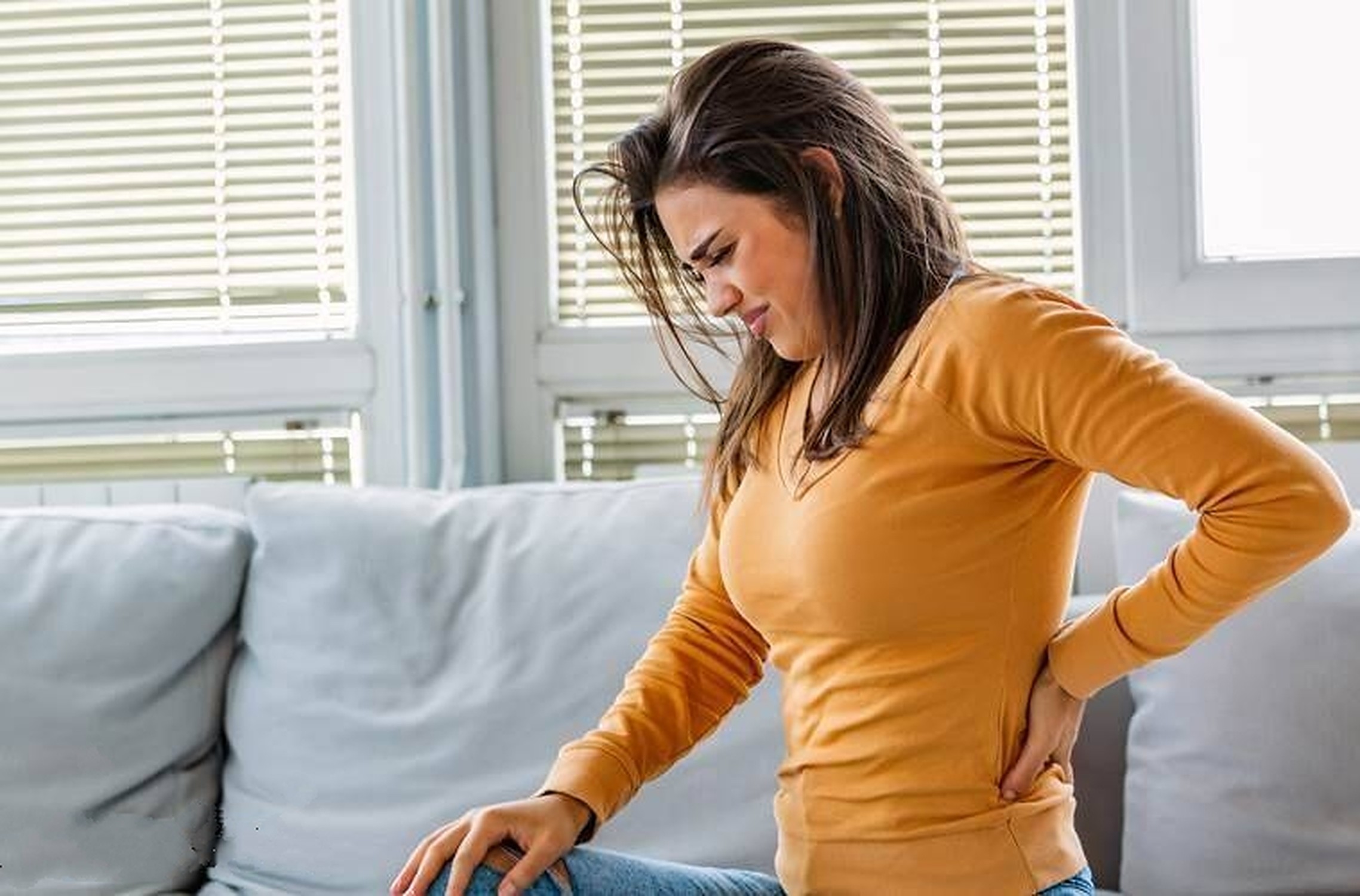Keep moving. to keep arthritis at bay. – Donna Mills

More women than men are affected by arthritis. Worldwide, 18.0% women and 9.6% men above age 60 have symptomatic osteoarthritis (OA). Rheumatoid arthritis (RA) is four to five times higher in women than in men at age below fifty, and two times higher at age above sixty. Also, osteoarthritis pain in women is usually more severe than in men.
In India also OA is more common in women than in men. Seventy percent of India women above age 65 have radiological evidence of OA.
Reasons for higher risk of arthritis in women
Exact reasons for higher prevalence of arthritis in women is not known. The likely contributing factors are:
- Sex hormones estrogen and progesterone are connected to arthritis. After menopause, estrogen levels drop and that increases the risk of arthritis. During pregnancy hormone relaxin is increased and this reduces incidence and severity of RA. Women tend to gain weight after menopause. That increases the stress on joints, especially knees, and increases the risk of OA.
- Genetics. Women whose parents or siblings had hand and knee OA are at higher risk of OA.
- Women have wider hips and more flexible joints and are thus more susceptible to joints-injuries which can cause arthritis. Women who wear high heels may have hyperextended knees and that may also lead to arthritis. Previous injury to a joint increase the risk of arthritis of that joint.
- Risk of OA, RA and gout increases with age.
Symptoms
More than one hundred types of arthritis are known. Signs and symptoms vary with the type of arthritis but may include:
- warm red skin over the affected joint.
- restricted movement of the joints.
- joint pain, tenderness, and stiffness.
- inflammation in and around the joints.
- weakness and muscle wasting.
Diagnosis
Diagnosis is made from symptoms and clinical evaluation and from:
- Lab tests. Analysis of urine, blood, and joint fluid. Blood test cannot rule out or prove RA.
- X-rays. Show bone spurs, bone damage and cartilage loss, but may not reveal early arthritic damage.
- CTs can visualize both bone and the surrounding soft tissues.
- Show more-detailed cross-sectional images of soft tissues such as ligaments, cartilage, and tendons.
- Shows images of bursae (fluid-containing structures near the joints), cartilage and soft tissues. Ultrasound is also used to place needle for injecting medications into the joint and for removing joint fluid.
- To view the inside of the joint on a high-definition video monitor.
Treatment
Exercises and physical therapy may strengthen the muscles surrounding the joints and may improve range of movement of the joint. Splints or braces may also help. If these measures do not help, then one of the following surgeries may be used:
- Joint repair. May be done arthroscopically to smoothen or realign the joint surfaces to reduce pain and improve function.
- Joint replacement. The damaged joint is replaced with an artificial one. Hips and knees replacement are most common.
- Joint fusion. Ends of the two bones in the joint are removed and ends are locked together Commonly done on wrist, ankle, and fingers.
Alternative medicine
Alternative medicine such as Acupuncture, fish oil supplements, Chondroitin and Glucosamine may help. But no scientific evidence to support that.
Foods
No scientific evidence that foods can reduce symptoms of arthritis. But it may help to avoid certain foods, and to eat certain foods.
Foods to avoid:
- Processed Meats. such as bacon, sausages
- Foods with processed sugar such as sugary colas and drinks, energy drinks, sugary cereals,
- wheat products such as pasta, bread, crackers, and bagels.
- Hamburgers
- Milk, cheese, and yogurt
- Butter and Margarine.
- Tomatoes
- Citrus fruits
Foods to include:
- Avocados, olive oil, mackerel, trout, salmon, chia seeds, walnuts, and almonds, which are rich in omega-3 fatty acids
- Tofu, beans, spinach, nut butter, lentils, quinoa, and spinach,
- Bananas and Plantains
- Eggs
- Coffee
- Honey
- Ginger
- Berries: strawberries, blackberries, blueberries, boysenberries, raspberries, and cranberries
- Bone broth
- Lemon and turmeric tonic
- Baking soda and water
- Parsley and ginger green juice.
Conclusion
Arthritis has no cure. It adversely affects quality of life. It can make it difficult to use hands and arms, to do daily tasks, to walk easily, to sit erect. It affects posture by misalignment and misshaping of joints. It has crippled many a life around the world.
To reduce the risk of arthritis, achieve and maintain correct weight, do thirty-forty minutes of moderate exercise five-six days a week, do Yoga, tai chi, and take relaxing massage. These measures will strengthen the muscles and keep the joints lithe and working.
Finally, as Stephanie Walters says, nobody can take away your pain, but don’t let pain take away your happiness